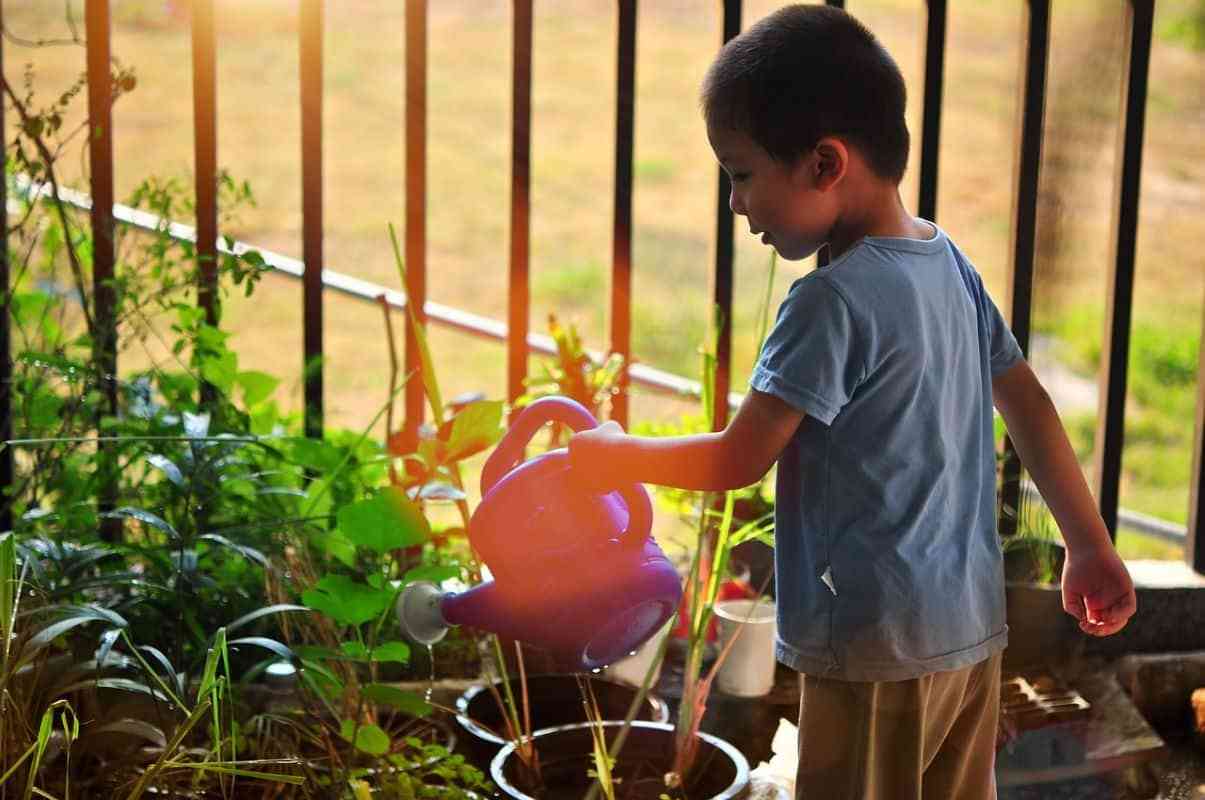
With the arrival of the warmer months of the year, people will be looking to spend as much time outside as possible. For loved ones that have autism or other sensory processing disorders, you will want to create a sensory garden so that they can enjoy being in a calm, natural environment. This post will show you how to create a sensory garden at home that will become the perfect chill-out spot for the whole family.
What Is a Sensory Garden?
A sensory garden is an immersive space that is designed to stimulate the senses in a therapeutic way. A sensory garden should allow for relaxation, well-being and sensory exploration through blending elements such as plants, textures, colors, and scents. It can be helpful for people with a wide range of disorders and conditions, including autism, dementia, PTSD, and visual impairments, but it can also be enjoyable for anyone as they are relaxing and therapeutic spaces.
Sensory Specific Zones
To create a sensory garden at home, you need to divide your space into specific zones for different senses. Without these zones, a garden can feel overwhelming and chaotic to someone with a sensory processing disorder. You can create different zones in your garden with the use of wooden fencing. You could have a zone with flowers to attract butterflies and insects and then have a separate zone with a water feature, just as two examples.
Shaded Areas
It is important to have shaded areas with seating in your sensory garden. Overexposure to sunlight can feel overwhelming, not to mention the fact that it is dangerous and bad for your skin. Shaded areas can provide respite and allow you to enjoy spending time outside without putting yourself at risk of sun damage.
Low-Maintenance Edible Garden
One of the best features for your sensory garden is a low-maintenance edible garden. Growing your own herbs, fruit, and veg can stimulate the smell and taste senses, plus it can help to develop new skills and give your family a project to work on together. Herbs, tomatoes, and peppers are all good options as items that are relatively easy to grow at home.
A sensory garden can provide the perfect space to spend time during the warmer months of the year and be helpful for those with a wide range of conditions. The key is to create a space that is calming, therapeutic, and gently stimulates the senses. The advice in this post should help you to create the perfect sensory garden at home.
Hey I'm Olivia and I'm a proud Autistic woman. My special interests are cats, stim toys, and electronic music! I love to write and help other Autistic adults find ways to enjoy life in this LOUD world!








